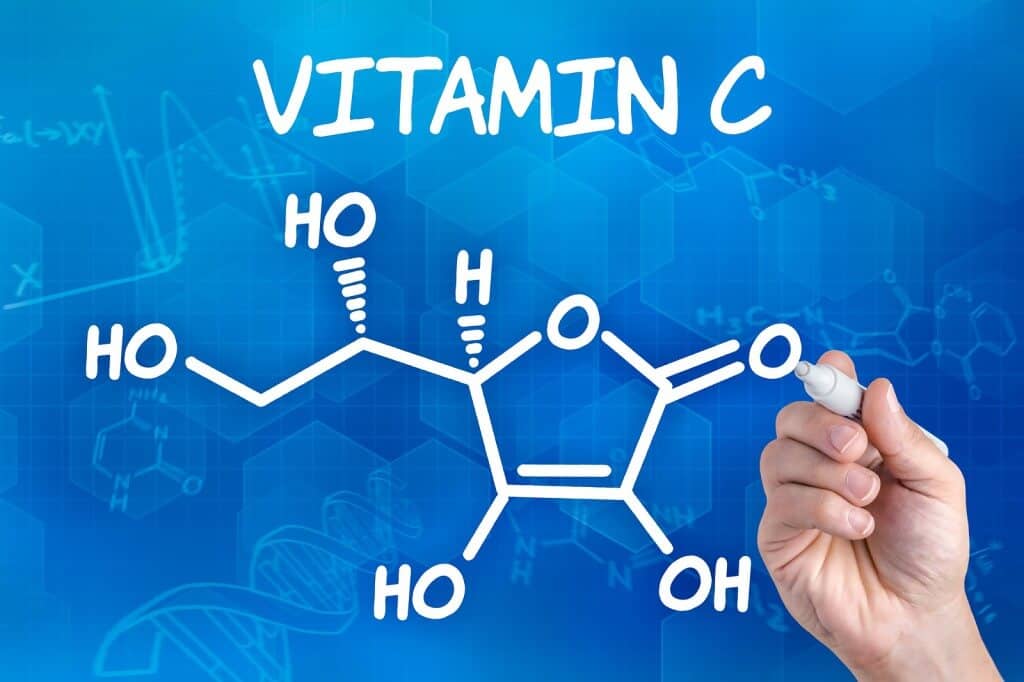The only 3 things that you need to know about the panacea C Vitamin!
Vitamin C, also known as ascorbic acid, is one of the most readily available nutrients in the world. You may associate it with the glass of orange juice that is often recommended to ward off a bad cold. Hailed as the panacea, C Vitamin offers a host of health benefits. So, here is a look at foods that are rich sources of this nutrient, why you should be including them in your daily diet and the effects of Vitamin C deficiency.
The panacea C Vitamin: How to get it!
The very first image that the mention of Vitamin C evokes is that of citrus fruits and they truly are among the richest sources of this essential nutrient. However, there are scores of other fruits and vegetables that contain more vitamin C than even oranges. An important thing to note about this vitamin is that it gets destroyed easily when cooked. So, it is best to consume the fruits and veggies in this list raw or lightly cooked.

1. Cantaloupe: This delicious summery fruit is a powerhouse of C vitamin with 1/2 of a medium sized fruit containing as much as 195 mg of the nutrient.
2. Honeydew melon: These come in a close second to cantaloupes with 160 mg of C vitamin content
3. Oranges: Although orange juice is the poster child for Vitamin C, a cup of this elixir only contains about 48 mg of the nutrient.
4. Chili peppers: These bright, spicy peppers not only add to the taste of sauces and meat, but also they pack in as much as 108 mg of vitamin C, plus a lot of capsaicin, which helps to reduce joint and bone inflammation and pain
5. Kale: As far as essential vitamins go, including C, no other vegetable packs in the punch of Kale. A serving of a single cup can give you twice the amount of Vitamin A you need, 7 times the daily requirement of Vitamin K and above 80 mg of Vitamin C.
6. Cruciferous veggies: Bring the cauliflower and broccoli to the table to get nearly 130 mg of Vitamin C
7. Papaya: There is a reason this fruit is often recommended for glowing skin, it has as much as 88 mg of C vitamin
8. Strawberries: These bright red, super fruits have as much as 85 mg of vitamin C plus enough folate for the day.
9. Kiwi: Another summer fruit that offers about 140 mg of C Vitamin, Kiwis also have potassium and copper in abundance
10. Mango: This Asian fruit is absolutely delicious and it will give you over 122 mg of vitamin C
The panacea C Vitamin: How to use it in beauty treatments?
Papaya and oranges for glowing skin: Mashed papaya is a natural exfoliator, which helps to get rid of dead skin cells, leaving your face with a healthy glow. Orange juice has astringent properties, plus the Vitamin C content in it helps to reduce wrinkles and age related spots.

Pineapple for soft elbows and knees: Just rubbing a soft, juicy slice of pineapple on your elbows and knees will get rid of the dead skin cells and give these trouble spots a ‘never before felt’ softness. Of course, the vitamin C rich fruit along with its bromelain content will also help to lighten the skin tone.
Cantaloupe and honeydew melon for soft, supple skin: Both these fruits are great for age spots as well as dry skin. They contain enough Vitamin C to show almost immediate effect. To use, simply mash and apply on face and then wash with cold water.
Strawberries for dazzling white teeth: This is a simple, delicious yet extremely effective remedy. If you have a problem with stained, yellow teeth, let the vitamin C in strawberries take care of it. Cut the fruit in half and rub it on your teeth, coating them with the juice. Let it stay for about 2-3 minutes and then rinse as usual. A few rounds of this and you will see a marked difference in the color of your teeth.
Bananas for shiny hair: Bananas are rich in several vital nutrients one of which is vitamin C. Mashing the fruit into a pulp and applying on your hair before washing your mane out will give your crowning glory the salon shine you always wanted.
The panacea C Vitamin: What happens in case of a deficiency?
The normal store of Vitamin C in the body is about 1500 mg. Unfortunately, the impact of deficiency is felt only when this amount goes down to 300 mg or less. In a normal person, who consumes a moderately healthy diet, it would take weeks of deliberate Vitamin C abstinence to come down to this level.

Scurvy, which was a dangerous ailment in the Middle Ages, is rarely seen today even though it is tell tale sign of vitamin C deficiency. However, only about 10 mg of the nutrient per day is needed to keep this disease away. If you do suffer from lower than normal amounts of C Vitamin in your body, you will start noticing the following symptoms:
• Bleeding gums
• Hair loss, split ends and scalp dryness
• Reduction in the natural capacity to heal
• Greater susceptibility to infectious ailments
• Dry and discolored skin
• High blood pressure
• Atherosclerosis
• Loss of teeth
• Gall bladder problem
How much Vitamin C do you need?
The RDA recommends that men take at least 90 mg of Vitamin C every day while women need to consume at least 75 mg of the nutrient. Another 10 mg should be added by ladies who are pregnant and 45 mg by those who are breastfeeding. However, most health practitioners will prescribe doses upward of 1000 mg to their patients.
The nutrient is not only well tolerated even at these levels but some say it is a requirement for optimal health. Smokers will particularly need to take more Vitamin C as they are prone to deficiencies.

